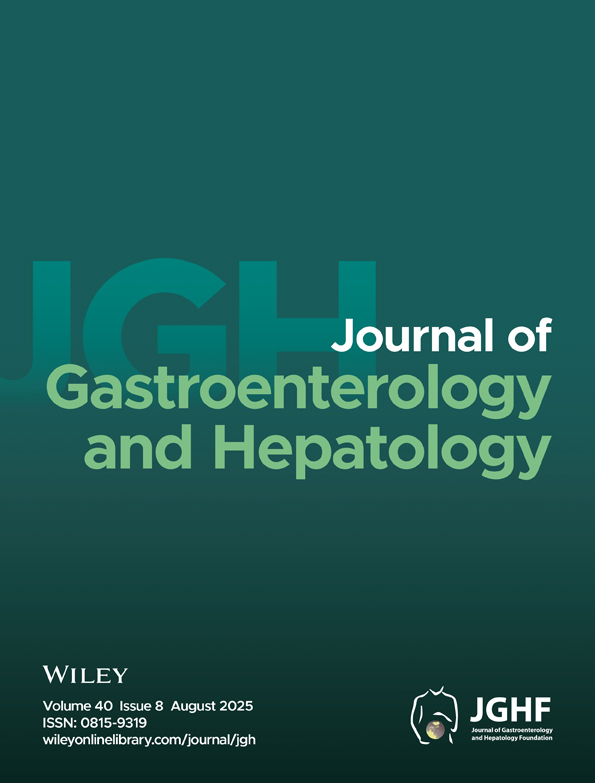Rebamipide prevents occurrence of gastric lesions following transcatheter arterial embolization in the hepatic artery
Abstract
Background:Transcatheter arterial embolization (TAE) of the hepatic artery is a common treatment method for hepatocellular carcinoma (HCC), but it often induces gastric mucosal injury. We examined whether or not rebamipide administration, beginning 1 week before and ending 2 weeks after TAE, can prevent worsening of gastric mucosal disorders.
Methods: The subjects were 73 chronic hepatitis C or type C liver cirrhosis patients who concomitantly had HCC and received TAE in our hospital. The patients were randomly allocated to the rebamipide group (oral, 300 mg/day for 3 weeks starting 1 week before TAE) or the non-rebamipide group. Gastric endoscopy was performed 1 week before and 2 weeks after TAE and the presence of erythema, erosion and/or submucosal haemorrhagic spots was monitored. Based on the findings, gastric mucosal disorder before and after TAE was quantitatively evaluated using the modified Lanza score (MLS).
Results: Overall, MLS after TAE increased significantly (P < 0.05). However, in the rebamipide group, MLS did not change. The MLS after TAE increased significantly in patients who had either liver cirrhosis, oesophageal varices or gastropathy (P < 0.01 or < 0.05). In the non-rebamipide group, a significant increase in MLS after TAE was observed in patients who had one of the above-mentioned three diseases (P < 0.01 or < 0.05).
Conclusions: Gastric lesions which were present before TAE were significantly worsened after TAE. Rebamipide administration prevents TAE-induced aggravation of gastric lesions.




